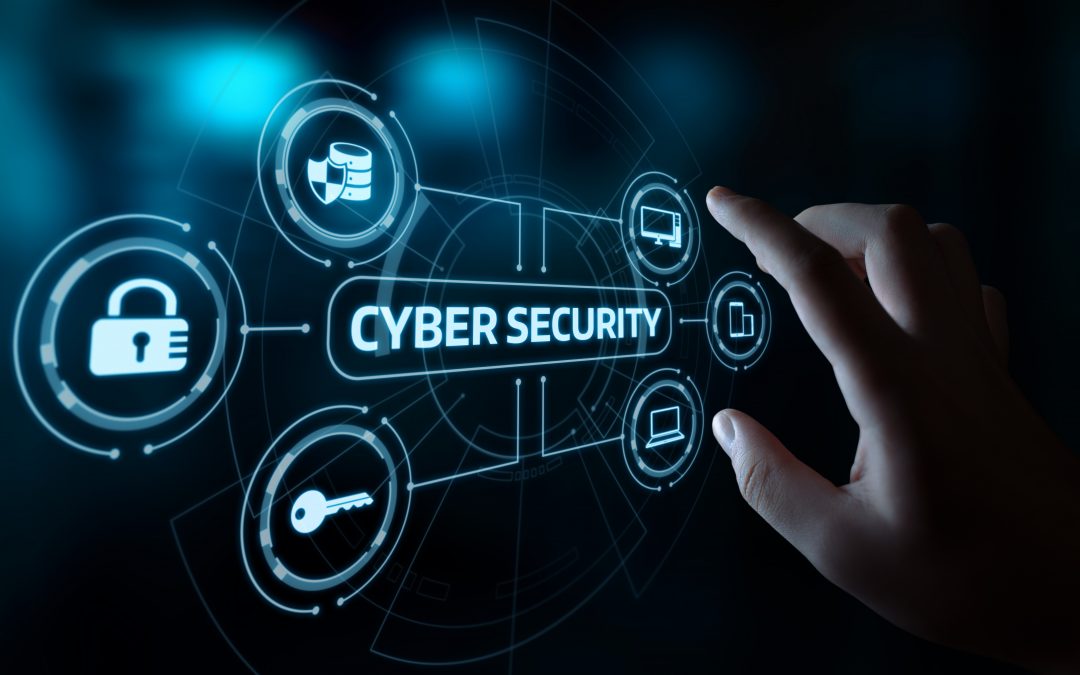Cyber security is the mode of
defending computers, servers, mobile devices, electronic systems, networks, and
data from hacker attacks. (What is Cyber Security?, 2020)
we can be divided the cyber security
into a few common categories:
1) Network security.
2)Application security.
3)Information security.
4)Operational security.
5)Disaster recovery and business
continuity.
6)End-user education. (What is Cyber
Security?, 2020)
An essential job in cyber security is
protecting kinds of technology devices and Sensitive data from hacker attacks.
(Taylor, H. 2020) These attacks impact on a different variety of users, whether
if they are governments, individuals, institutions, banks, universities, Etc
The methods of hacker attacks consist
of many technical tools, these technical are developing rapidly to stay
invisible and penetrate through the protective technical walls to harm or steal
the personal data. (Taylor, H. 2020)
The following types show the popular
methods using by the hacker for attacking in the cyber space and :
1-Malware. Software that performs a
malicious task on a target device or network, e.g. corrupting data or taking
over a system.
2-Phishing. An email-borne attack that
involves tricking the email recipient into disclosing confidential information
or downloading malware by clicking on a hyperlink in the message.
3-Spear Phishing. A more sophisticated
form of phishing where the attacker learns about the victim and impersonates
someone he or she knows and trusts.
4-"Man in the Middle" (MitM)
attack. Where an attacker establishes a position between the sender and
recipient of electronic messages and intercepts them, perhaps changing them in
transit, the sender and recipient believe they are communicating directly with
one another. A MitM attack might be used in the military to confuse an enemy.
5-Trojans. Named after the Trojan
Horse of ancient Greek history, the Trojan is a type of malware that enters a
target system looking like one thing, e.g. a standard piece of software, but
then lets out the malicious code once inside the host system.
6-Ransomware. An attack that involves
encrypting data on the target system and demanding a ransom in exchange for
letting the user have access to the data again. These attacks range from
low-level nuisances to severe incidents like the locking down of the entire
city of Atlanta's municipal government data in 2018.
7-Denial of Service attack or
Distributed Denial of Service Attack (DDoS). Where an attacker takes over many
(perhaps thousands) of devices and uses them to invoke the functions of a
target system, e.g. a website, causing it to crash from an overload of demand.
8-Attacks on IoT Devices. IoT devices
like industrial sensors are vulnerable to multiple types of cyber threats.
These include hackers taking over the device to make it part of a DDoS attack
and unauthorized access to data being collected by the device. Given their
numbers, geographic distribution and frequently out-of-date operating systems,
IoT devices are a prime target for malicious actors.
9-Data Breaches. A data breach is a
theft of data by a malicious actor. Motives for data breaches include crime
(i.e. identity theft), a desire to embarrass an institution (e.g. Edward
Snowden or the DNC hack) and espionage.
10-Malware on Mobile Apps. Mobile
devices are vulnerable to malware attacks, just like other computing hardware.
Attackers may embed malware in app downloads, mobile websites or phishing
emails and text messages. Once compromised, a mobile device can give the
malicious actor access to personal information and location data. (Taylor,H.
2020)
In the other hand, many antivirus
applications are developed by programming experts to protect and save variety
devices against hacker attacks. (Leaf. 2020)
There are some instructions to avoid
or reduce the impact of hacker threats:
1-Train
your staff.
2-Keep
your software and systems fully up to date.
3-Ensure
Endpoint Protection
4-Install
a Firewall.
5-Backup
your data
6-Control
access to your systems
7-Wifi
Security
8-Employee
personal accounts
9-Access
Management
10-Change
Passwords continuously. (Leaf. 2020) .
References
Leaf. 2020. 10 Ways To Prevent Cyber
Attacks - Leaf. [online] Available at:
<https://leaf-it.com/10-ways-prevent-cyber-attacks/> [Accessed 25 October
2020].
Taylor, H., 2020. What Are Cyber Threats
And What To Do About Them - The Missing Report.
[online] The Missing Report. Available at:
<https://preyproject.com/blog/en/what-are-cyber-threats-how-they-affect-you-what-to-do-about-them/>
[Accessed 25 October 2020].
www.kaspersky.co.uk. 2020. What Is Cyber Security?.
[online] Available at:
<https://www.kaspersky.co.uk/resource-center/definitions/what-is-cyber-security>
[Accessed 24 October 2020].
Academy.avast.com. 2020. [online]
Available at:
<https://academy.avast.com/hubfs/New_Avast_Academy/Hackers/Hacker-Hero.jpg>
[Accessed 25 October 2020].
Axis.com. 2020. [online] Available at:
<https://www.axis.com/blog/secure-insights/wp-content/uploads/sites/11/2018/03/cybersecurity_network_cameras_ip.jpg>
[Accessed 25 October 2020].
Leapit.co.uk.
2020. [online] Available at:
<https://www.leapit.co.uk/wp-content/uploads/2019/11/Cyber-Security-Importance-1080x675.jpeg>
[Accessed 25 October 2020].


Very good Abdullah, However you have only used references at the end of your text, can you include them inside the text.
ReplyDeleteHello Adbullah! Overall, it is very good, however I think you should add some references in your text as well.
ReplyDelete